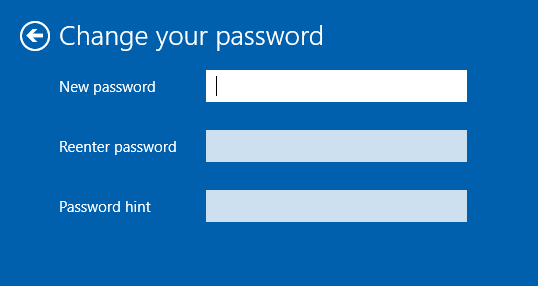
Bring Harvest time tracking reports into Slack. Send your Harvest time entries to Salesforce. Sync your Harvest data with Microsoft Dynamics. Harvest timesheet reporting, interactive drag-and-drop charts, and dashboards. Learn how Harvest empowers teams of all shapes and sizes to achieve their goals through the power of easy time tracking. Harvest’s easy, clean time tracking allows us to focus on the tough engineering problems where we bring … Create automated reminders to help your team track time regularly and accurately. Custom reminders for consistent time tracking.
:max_bytes(150000):strip_icc()/002-change-gmail-password-android-iphone-4172535-c28b0e27355542d7b862d21afb7ec3ac.jpg)
Harvest integrates with the tools your team knows and loves - capture time the way your team already works. budget Get more accurate timesheet and cost data Pinpoint which tasks are impacting costs Browse features Clear visual reports allow you to compare actual time vs. Harvest provides visibility into the key aspects of your projects-budget, team capacity, and costs-enabling you to keep everything on time and on budget.
#Change password in timecamp software#
If you want the system to ignore the drive completely until you tell it to mount then the same procedure for the password should work, but you'll need to tell your system to ignore the drive (so it won't automatically try to mount it) I'm not sure if there are any good GUI tools but you can do this with the terminal if you need to.Sign In – Harvest | Easy Time Tracking Software With Invoicing Once you've located the right one you can use Keychain Access to move it into another keychain in my case I've moved mine into a new keychain that has its own password, and locks automatically after five minutes, this prevents it from mounting automatically, but will produce a password entry prompt when the system tries to mount the drive, simply requiring the keychain's password to unlock it and mount the volume. This means you can fairly easy use a big nasty passphrase for encrypting your volumes then, once it's in your keychain, you can create a separate keychain with an easier to remember password for managing it.Ĭlick to expand.Yep! If you open /Applications/Utilities/Keychain Access.app then somewhere in your login or system keychain should be an entry with a name matching the name of your Time Machine backup volume if you're having trouble finding it then you might also try looking for an entry with a kind listed as "Core Storage Password". In any event, once you enter the password for such a prompt you can save to the keychain normally. This is because the key is required only when a Core Storage unlock command is performed, but there is no corresponding lock command, and there seems to be no way to normally unmount a core storage volume unless it's a single external drive, in order to force a new unlock prompt. To answer my own earlier question, once you do the encryption the password isn't stored anywhere, which means you won't be given a keychain capable prompt until you restart your machine. Yeah, Disk Utility seems to do this okay for the simple cases, however, command-line is the only way to do it for non-standard cases such as enabling Core Storage encryption on a disk image volume, or an Apple RAID, both of which are a bit fiddly and result in devices that Disk Utility (the app) can't see.


I'd been hoping to do what I usually do with encrypted disk-images which is encrypt them with a completely random key, store that in a keychain, then secure the keychain with a good strong pass-phrase that I can actually type as required, and have it automatically lock after a while so if I unmount the disk I'd need to re-authenticate.Īnyway, I'm just a bit bewildered as to where the pass-phrase supplied for core-storage encryption actually goes, as it must be stored somewhere for the drive to decrypt properly, but where? Since a recovery keychain can be used to provide an existing password for core storage, I would have thought it must be going into a keychain somewhere, but I don't see any entry that looks right. I'm assuming that any pass-phrase I supply is actually being used to protect the real encryption key, hidden in the header for the encrypted file-system, however, when I order disk utility to unmount and mount an encrypted volume, I don't receive any kind of password prompt.

Been interested in this myself lately, but I don't suppose anyone knows where the password being used for an encrypted backup (or any encrypted core storage volume for that matter) is actually stored?


 0 kommentar(er)
0 kommentar(er)
